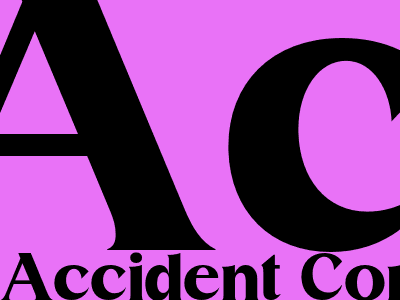The Ultimate Guide to On-Page SEO for Blogger & Google Compliance
Introduction
In today's competitive digital landscape, effective search engine optimization (SEO) is crucial for driving traffic and enhancing your online visibility. On-page SEO, in particular, plays a vital role in optimizing your website's content and structure to improve its ranking on search engine results pages (SERPs).
Keyword Research: The Cornerstone of On-Page SEO
Keyword research is the foundation of any effective SEO strategy. Identifying relevant and high-volume keywords that align with your target audience's search intent is essential for optimizing your content.
Content Creation: High-Quality, Value-Driven Content
Creating high-quality, value-driven content that resonates with your audience is paramount for on-page SEO. Focus on delivering informative, engaging, and shareable content that addresses the specific needs and queries of your target audience.
Page Structure: User-Friendly Navigation
A well-structured website with clear navigation enhances the user experience and improves crawlability for search engines.
Title Tags: Captivating and Keyword-Rich
Title tags are crucial for capturing users' attention in SERPs and providing a concise overview of your page's content. Ensure your title tags are within the recommended character limit and incorporate relevant keywords.
Headings and Subheadings: Breaking Down Content
Headings and subheadings help break down your content into logical sections, making it easier for users to skim and digest your page's key points. Use keywords strategically in headings to enhance relevance.
Image Optimization: Visual Appeal and SEO
Optimizing images for web not only enhances the visual appeal of your page but also contributes to SEO. Use descriptive file names, alt tags, and appropriate image sizes to improve accessibility and relevance.
Internal Linking: Interconnecting Your Content
Internal linking helps distribute page authority and improves the user experience. Link relevant pages within your site to provide additional context and enhance navigation.
Meta Description: Enticing Snippet for Higher CTR
The meta description is a brief summary that appears below the title tag in SERPs. Craft a compelling meta description that accurately reflects your page's content and entices users to click through. Keep it within the character limit and incorporate a call to action.
Speed Optimization: Speedy Loading for Enhanced User Experience
Page speed is a critical factor that impacts user experience and SEO rankings. Optimize your website's speed by minimizing image sizes, leveraging caching, and reducing HTTP requests.
Mobile Responsiveness: Catering to the Growing Mobile Audience
With the increasing use of mobile devices, ensuring your website is mobile-responsive is essential. Use responsive design techniques to adapt your content and layout to different screen sizes.
Compliance with Google's Policies: Avoiding Penalties
Adhering to Google's Webmaster Guidelines is crucial for avoiding penalties and maintaining a positive relationship with the search engine giant. Follow best practices such as using white hat techniques and refraining from keyword stuffing.
Conclusion
Effective on-page SEO is a multifaceted and ongoing process that requires a holistic approach. By implementing the strategies outlined above and staying abreast of industry best practices, you can optimize your website for search engines while providing a seamless experience for your users. Remember to prioritize high-quality, relevant content and adhere to Google's policies to drive organic traffic and enhance your online presence.

Komentar